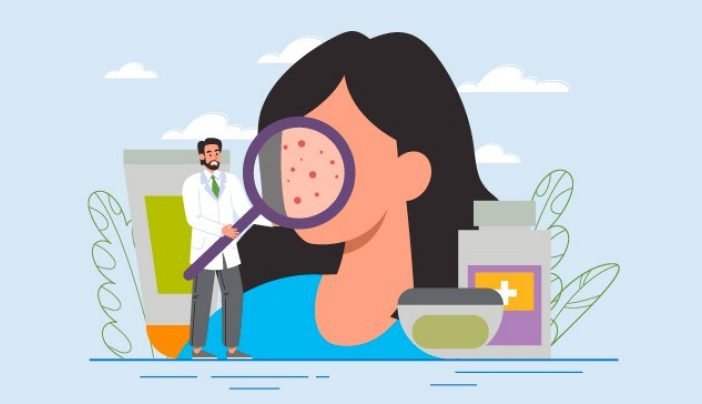Preventing Targeted Therapy-Related Skin Rashes: Essential Strategies
Targeted therapies, such as EGFR inhibitors, have revolutionized cancer treatment but can lead to skin-related side effects. Understanding how to prevent and manage these issues is crucial for maintaining patients’ quality of life and treatment schedules.
Understanding Targeted Therapy-Related Skin Rashes
EGFR inhibitors lead to a breakdown of the skin barrier, particularly affecting the hair follicles. This vulnerability can result in various skin issues, including rashes that can significantly impact a patient’s comfort and adherence to therapy.
Effective Prevention Strategies
To mitigate the risk of skin rashes, the following strategies are highly recommended:
1. Use Emollients
- Bland Emollients: Opt for thicker creams over lighter lotions. Emollients help maintain skin integrity and hydration, essential for protecting the skin barrier.
2. Avoid Irritating Products
- Skip Over-the-Counter Acne Treatments: Many acne medications contain alcohol, which can exacerbate irritation and inflammation. It’s best to avoid these to protect already sensitive skin.
3. Sun Protection
- Stay Sun-Safe: Skin affected by targeted therapy can be particularly sensitive to UV rays. Using UPF-rated clothing and applying a mineral sunscreen with an SPF of at least 30 can provide essential protection.
4. Consult Healthcare Providers
Medical professionals play a crucial role in preparing patients for possible side effects of targeted therapies. Effective communication is key. Generally, healthcare providers will offer complementary therapies alongside EGFR inhibitors to proactively manage potential rashes.
Strategies for Managing Skin Rashes
The goal is to keep patients on their cancer treatment regimen without interruptions due to skin side effects. Effective management can significantly enhance patients’ overall treatment experience.
Exciting Clinical Developments
Recent clinical trials have introduced innovative methods to alleviate skin rashes related to treatments like BRAF inhibitors.
- Trial Overview: A clinical trial with 117 participants focused on the safety and efficacy of BRAF inhibitors in managing skin side effects.
- Positive Outcomes: The findings were promising, as it not only reduced inflammation and symptoms but also helped improve the visible appearance of skin rashes.
Key Takeaway
Keeping patients on their necessary treatment trajectory is crucial. Discontinuing therapy due to side effects is a significant concern in cancer treatment, and effective management strategies can help prevent this.
Conclusion
By implementing effective prevention and management strategies, patients undergoing targeted therapy can minimize skin-related side effects. Engaging closely with healthcare professionals to tailor a preventive care plan is vital for a smoother treatment journey.
For more information on managing targeted therapy-related skin rashes, consider reaching out to your healthcare provider or seeking expert advice.
Ready to improve your treatment journey? Discover more about cancer therapies and management strategies here.


